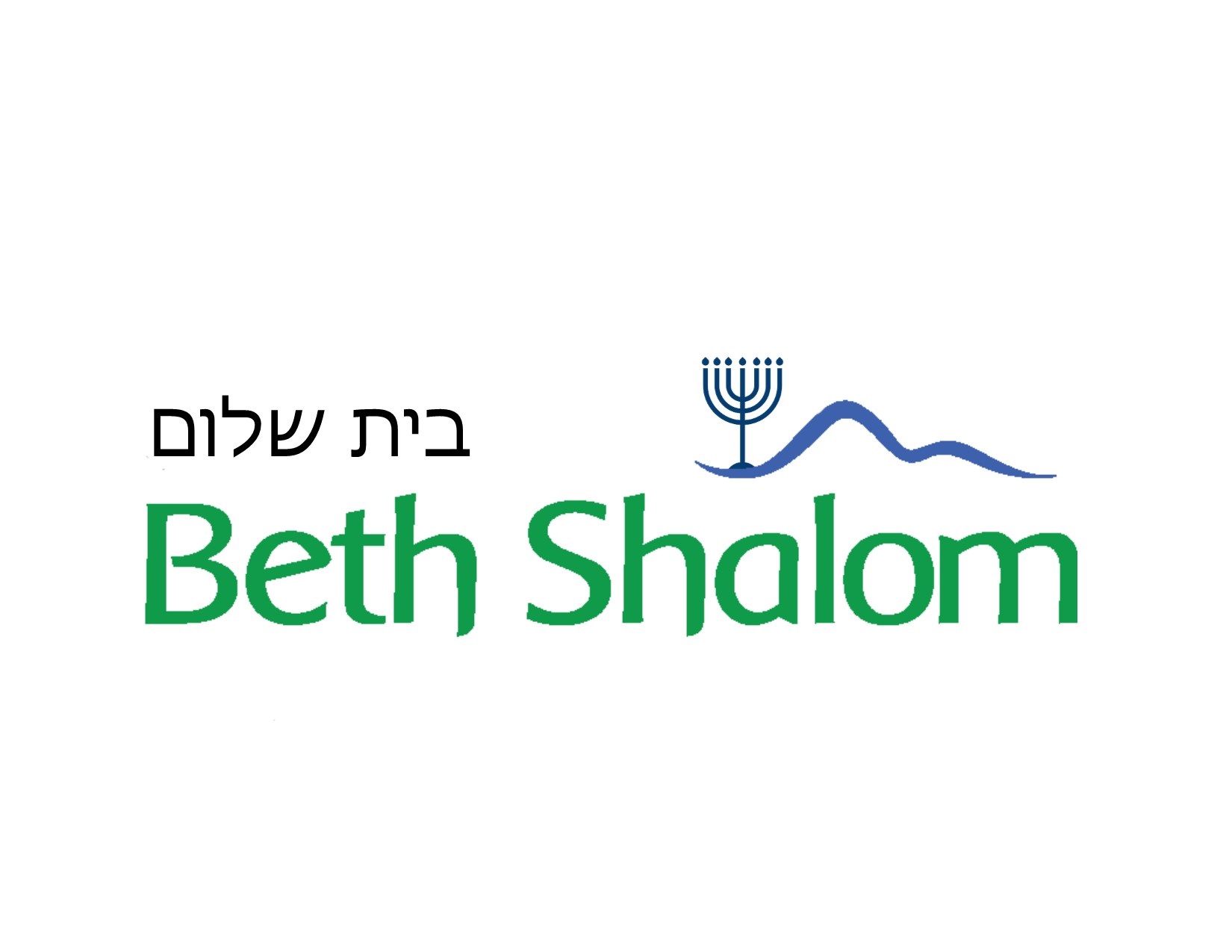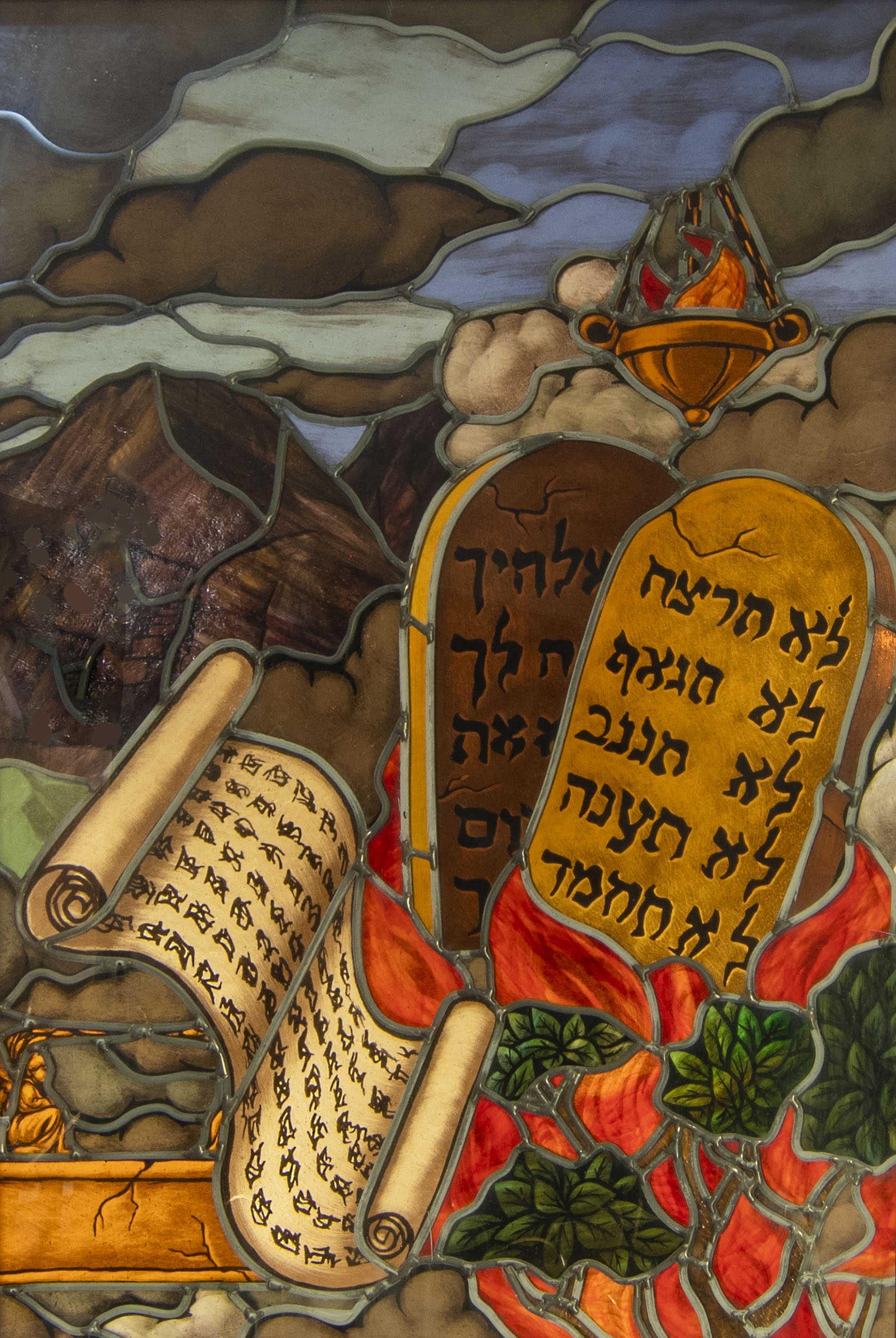 Count them.
Count them.
You will see that it is true. Count the days from the second night of Passover and when you reach fifty you will be at the holy day of Shavuot. That is why it is called Pentecost in English. Penta means ”fifty.”
Shavuot is the only holy day on the Jewish calendar which is not assigned a specific date, it is only numbered from the previous holy day. Perhaps that is why it is called Shavuot, Hebrew for “weeks.” The reason is historic. When the Israelites were freed from slavery they traversed through the desert until they came to Mt. Sinai, forty-nine days later. On the next day God revealed His essence to the nation when giving the Torah.
Shavuot is the anniversary of the Giving of Torah. In fact, the other name for Shavuot is zman mattan Torah taynu, the Time of the Giving of Torah.
An interesting note is that it is called the “Giving” of the Torah, not the “Receiving.” Each Jew, every day, must be prepared to receive the Torah. It was not forced on us. we were not coerced. While our ancestors vowed their lives and the lives of their children to the great covenant, it is still up to each of us to accept the yoke, or, God forbid, turn our backs on it.
to read the historical record of the event, the nation of Israel had little time to prepare for the event that would change their lives and the course of human history. For that reason, the meal they consumed on the first Shavuot was meager. Their food consisted of a light, easy meal. That is why, to this day, we observe Shavuot with a light, dairy meal. This is the only major holiday where a light meal is served. All the others tend to be heavy, with a lot of time spent preparing for it.
Many Ashkenazic Jews (from Europe) like to eat blintzes on Shavuot.
As Shavuot also coincides with harvest time we tend to eat quick foods that ripen in the late spring. Fruits, grains and vegetables are part of the celebration.
The moment of Revelation (that is what the Giving of Torah is called) was filled with a cacophony of sounds. To read the biblical rendition, the earth convulsed, the skies thundered and crackled. It was almost as if the earth was giving birth.
A legend: The moment when God spoke the souls of all the living fled. The Voice of the Lord was so overwhelming that the nation passed.
Idea: There are three major Jewish holy days. They are Pesach, Shavuot and Sukkot. In Hebrew we call them the shalosh regalim. Regalim means “legs.” The reason they were given this name is because when the Temple of Jerusalem existed Jews made three annual pilgrimages (by foot, leg) to celebrate the holidays.
Observances: We do not work on Shavuot. A meaningful custom is that we stay up lat into the night – or even all night long – studying holy texts. The reasons we do this are because 1. We try to recreate the power of Mt Sinai when the Torah was given and 2. Since the Torah was offered to the Jewish people on this night it must be auspicious, holt time. We therefore seize the moment and opt into this narrow window of holy time by immersing in the waters of Torah study.
Ruth: On Shavuot we read the megillah (Scroll) of Ruth. Found in the Tanach (Hebrew for Bible), Ruth tells the story of a woman’s coming to Judaism. Hers is the first fully detailed account of anyone converting to Judaism. To this day we read Ruth to best understand the nuances of someone who chooses to be part of the Jewish people.
The tale of Ruth ends with a mysterious twist. We learn in the final lines of the scroll that Ruth is the great grandmother of King David.
We read Ruth at Shavuot to urge every Jew to be conscious of the gift of knowing the rich heritage that they come from and, at the same time, to remind us that we also need to consider the great sacrifices and determination of Ruth in her conversion. We have much to learn from her example.
One commentator, the Maharsha, asked why the book is called Ruth and not Naomi. After all, it was Naomi’s journey that is boldly told in the story. Only because of Naomi’s direction was the path of Ruth realized. Why then do we not read the book of “Naomi”?
Maharsha teaches that the aim of the scroll is to teach us of the birth of King David, sweet singer, creator of the holy psalms. Ruth was the fore-mother of David, not Naomi. This then also delivers the added lesson that Shavuot is a time to realign our souls with singing songs of God.

